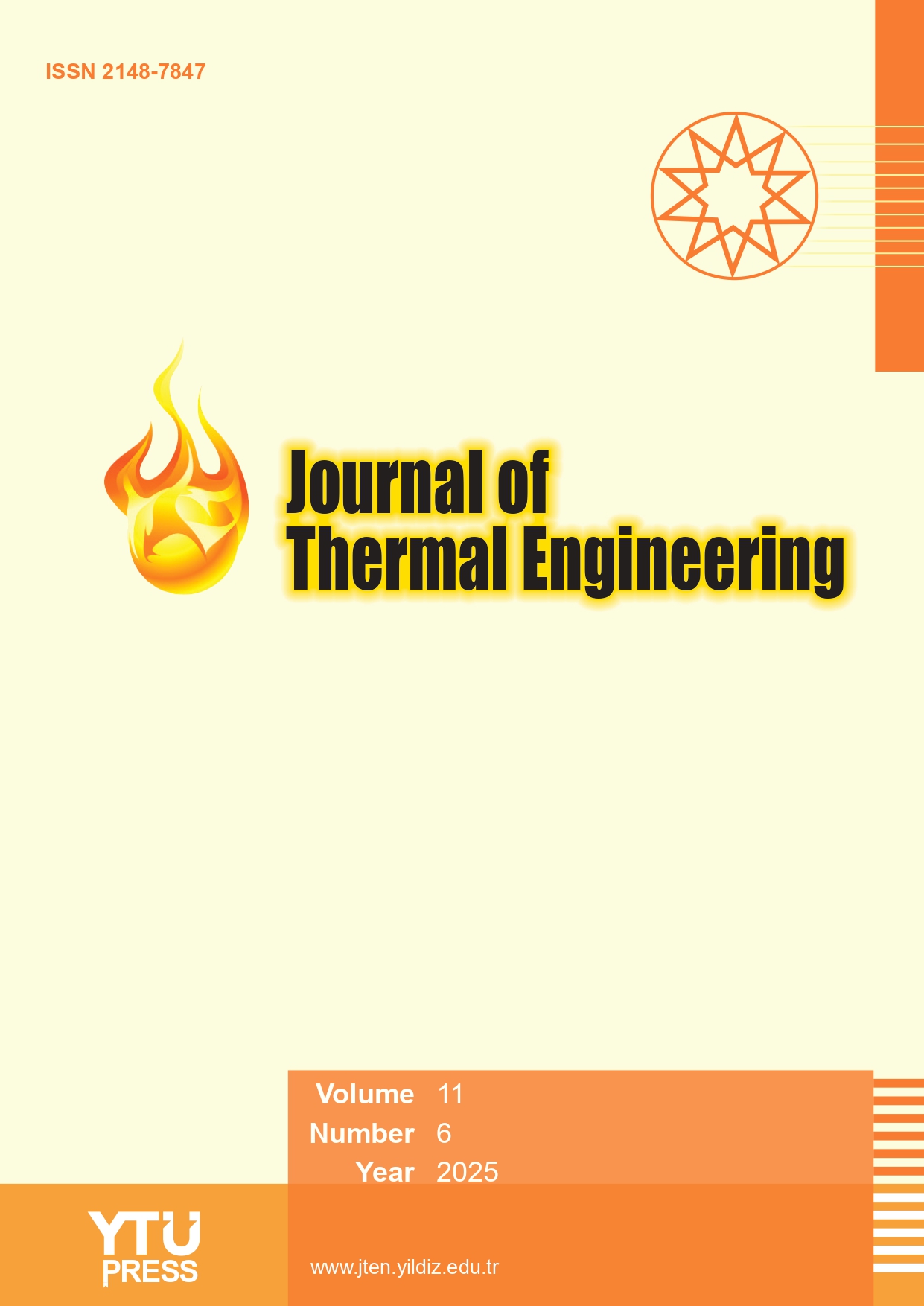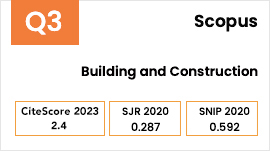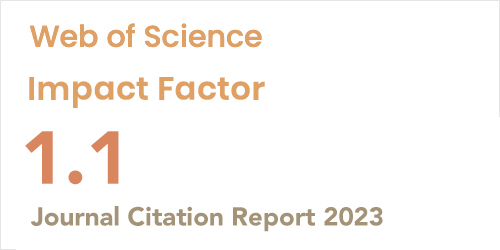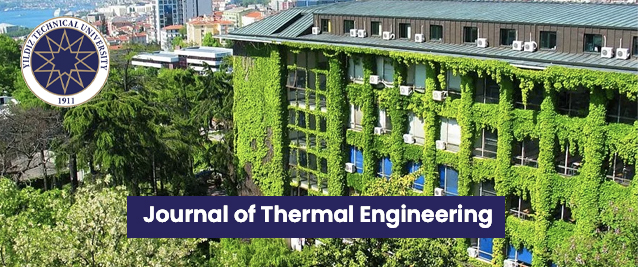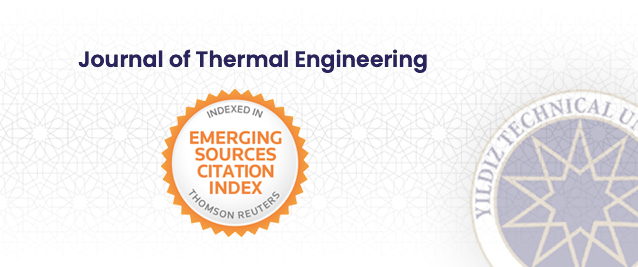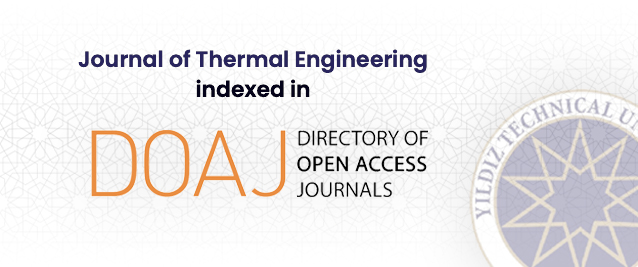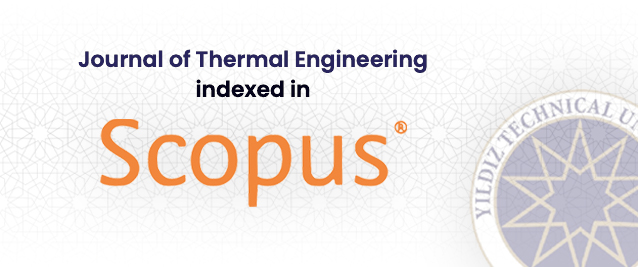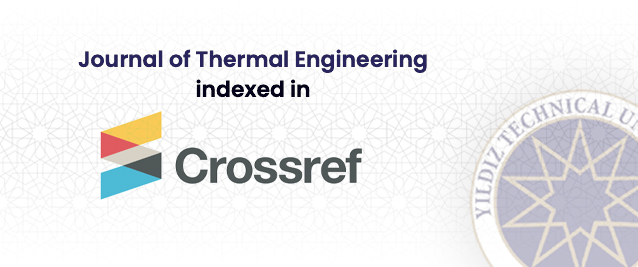2Department of Energy, Cracow University of Technology, 31-864 Cracow, Poland
Abstract
This study experimentally investigates the cooling rate of a jet impinging on a semi-circular grooved surface. The experiments aim to determine the magnitude of convective heat dissipation on this grooved surface, which is 6mm thick and features six evenly distributed circular grooves. The investigation considers various factors, including Reynolds numbers ranging from 4000 to 12000, clearance (z/d) between nozzle outlet to target plate, varying from 1 to 6, and the surface roughness of the plate. Local and average Nusselt numbers were calculated using experimental data on airflow behaviour in different areas of jet impingement. Compared to a smooth flat plate, the grooved surface showed a significant increase in both local and average Nusselt numbers, with the local Nusselt number increased by 11% and averaged Nusselt number by 15.23%. Heat transfer across various regions, including stagnant, transition, and wall jet, was studied under a uniform heat flux over a flat plate. Experimental results show that maximum heat dissipation occurs in the transition region for semi-circular grooved surfaces, while for smooth flat plates, it occurs in the stagnation region. The maximum percentage deviation was recorded as 15.23% with Reynolds number of 12000.


